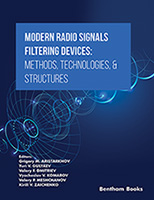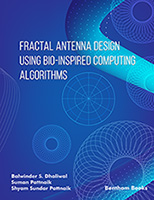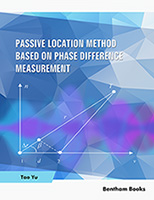Although 5G mobile networks have been standardized and deployed worldwide since 2020, the requirements of wireless communication services are not completely met, taking into account industrial and other challenging applications. Thus, the 6G wireless technologies kicked off the initial research and are expected to be applied around 2030. Different from 5G, the next generation networks highlight new features like high time and phase synchronization accuracy, near 100% geographical coverage, and high cost-efficiency. Compared with Gbps-level transmission data rate in 5G, a number of useful applications in 6G, such as high-quality 3D video, virtual reality (VR), and a mix of VR and augmented reality (AR), need Tbps-level transmission data rate that could be achieved with terahertz (THz) and optical technologies. Due to the big datasets generated by heterogeneous networks, the technology of artificial intelligence (AI) is regarded as a promising aid to wireless systems in a bid to improve the quality of service (QoS), quality of experience (QoE), security, fault management, and energy efficiency.
With the booming of higher frequency and more energy-saving equipment, THz and photonic communications become economically feasible. The advanced integrated circuit (IC) technology nowadays makes radio frequency (RF) devices and antennas more flexibly designed and highly integrated. Flexible RF components could work with artificial intelligence (AI) algorithms to make wireless networks more adaptive to user demand and RF environment. The 6G will undoubtedly expand the frequency from below 95 GHz to the high-frequency millimeter-wave and terahertz range. Those new frequency bands will focus on short-range communications by enabling the design of much tinier RF devices to support technologies like ultra-massive antenna arrays.
6G networks are envisioned to be full dimensional and would address every potential demand of services. A smart city is such a typical scenario where various Internet of things (IoT) applications proliferate to help citizen services. Other than conventional scenarios, smart city IoT services will rely on 6G networks for broad coverage, ultra-low latency, and reliable connection. As different IoT applications may have different service holders, it becomes necessary to employ network slicing (NS) to gain distinct virtual networks and differentiated quality of service guarantees. In the meantime, computing technologies such as cloud computing, fog computing, and edge computing are critical to network resilience, lower latency, and time synchronization. Cloud computing provides the ability to use flexible and telescopic services through various hosted services provided by the Internet. Edge computing, on the other hand, prefers the open platform using the network, computing, storage resources close to the site of the object in order to avoid the relatively long delay of accessing the cloud data center. Finally, big data technology can work with 6G to get hidden patterns, unknown relevance, potential trends, and other information.
The content of this book is summarized as follows.
1. In Chapter 1, we provide readers with a general vision of 6G, including the inevitability of 6G research, the international organizations for 6G standardization, and also the 6G research progress.
2. In Chapter 2, we introduce millimeter-wave technologies in 6G, including large-scale MIMO systems, precoding technology, and different kinds of beamforming structures. It also systematically summarizes the requirements on 6G millimeter-wave devices.
3. In Chapter 3, we focus on the development of the latest 6G antenna technology. In particular, it highlights the technical trends of a large-scale antenna from antenna design and synthesis to feed network and antenna selection.
4. In Chapter 4, we highlight the characteristics and application fields of the terahertz wave, especially the application in wireless communication. Two mainstream terahertz wireless communication systems are explained in detail under the context of 6G.
5. In Chapter 5, we propose a self-organizing network (SON) driven network slicing architecture, where software-defined networking (SDN) and network function virtualization (NFV) act as the key enablers. Some preliminary simulation results are given to validate the efficiency of the design.
6. In Chapter 6, we present an overview of the developing trend of IoT applications and discuss its relation to 6G. This chapter also sheds light on the challenges and solutions to future cellular massive IoT.
7. In Chapter 7, we give a systematic introduction to the cloud/edge computing and big data system in 6G. New applications, such as sensing, positioning, and slice-specific function, can significantly benefit from the new network computing architecture and AI-powered big data analysis.
Xianzhong Xie
Chongqing University of Posts
and Telecommunications
Bo Rong
Mikatel International Inc
Canada
&
Michel Kadoch
École de Technologie Supérieure
Université du Quebec




